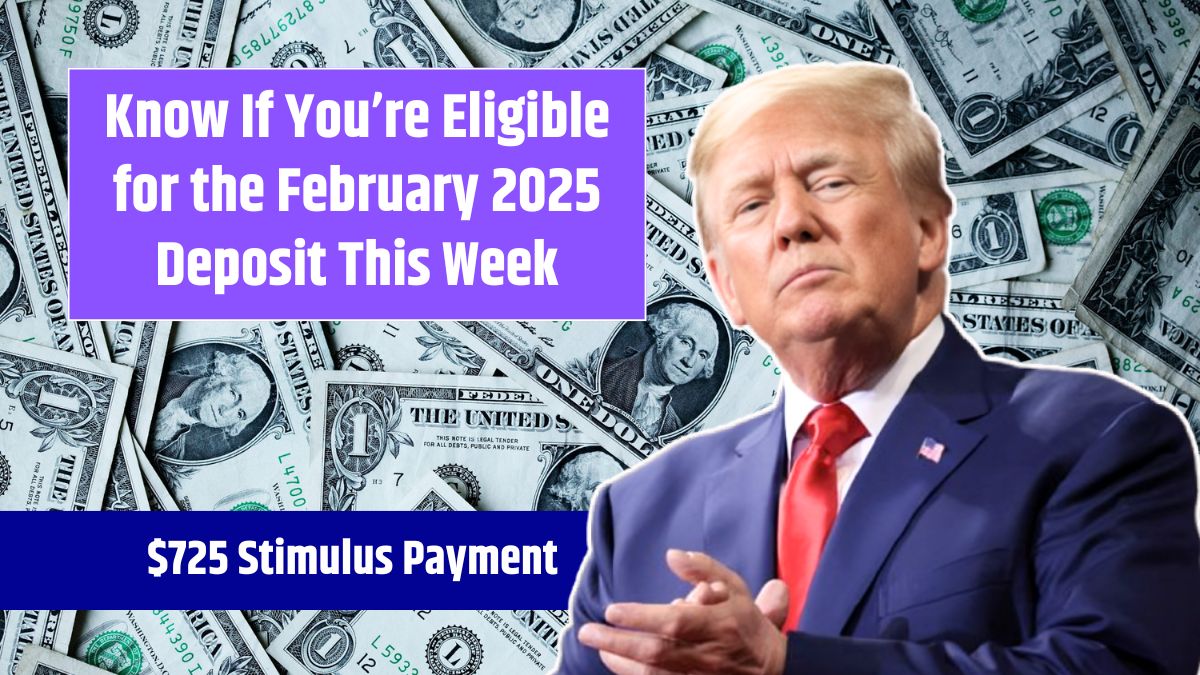As we enter the new year, some individuals may be receiving an unexpected financial boost. During the COVID-19 pandemic, the U.S. government distributed several stimulus payments to help struggling families manage their expenses and stimulate the economy.
If you missed out on one of these payments in 2021, you might still be eligible to claim it.
One such opportunity is the $1,400 Recovery Rebate Credit, which is now being automatically sent to qualifying individuals by the IRS. Here’s everything you need to know about this payment, eligibility, and how to track your refund.
Table of Contents
Recovery Rebate Credit
The Recovery Rebate Credit was part of the American Rescue Plan Act, a $1.9 trillion economic stimulus bill signed into law by President Joe Biden on March 11, 2021. This program provided:
- $1,400 per eligible taxpayer
- $1,400 per qualifying dependent
If you were eligible but did not claim the credit on your 2021 tax return, or if you received less than what you were entitled to, you could now receive the remaining amount.
Who Will Receive
The IRS has already begun processing payments in December 2024 for individuals who:
- Did not claim the Recovery Rebate Credit in their 2021 tax return
- Received less than the full amount they were owed
If you meet these criteria, the IRS is automatically sending the payments—no additional action is required on your part.
Action
The best part? If you qualify, the IRS will deposit the funds automatically into your bank account or send you a check. You do not need to file an amended tax return to receive your money.
However, be aware of scams. Fraudsters may try to trick individuals by impersonating the IRS and asking for personal financial information. The IRS will never call, email, or text you to request sensitive details.
How to Track
If you suspect you are eligible but haven’t received the payment yet, you can track your refund using the IRS’s “Where’s My Refund?” tool. To use this tool, you will need:
- Your Social Security Number (SSN) or Individual Taxpayer Identification Number (ITIN)
- Your marital status (single, married, etc.)
- The exact refund amount listed on your 2021 tax return
Once you enter your details, the system will provide one of the following statuses:
| Refund Status | Meaning |
|---|---|
| Return received | The IRS has received your return and is processing it. |
| Refund approved | Your refund has been approved and is scheduled for payment. |
| Refund sent | The IRS has sent the payment via direct deposit or mail. |
If your refund has been sent but has not arrived within 5 business days (for direct deposit) or several weeks (for a mailed check), you may need to contact the IRS for assistance.
Take Control
While receiving an unexpected $1,400 stimulus can be a great relief, long-term financial health requires more than just one-time payments. Consider using this money wisely by:
- Paying off high-interest debt (credit cards, loans)
- Building an emergency fund to cover at least 3–6 months of expenses
- Investing for the future, whether in stocks, mutual funds, or retirement accounts
If you’re unsure how to manage your money effectively, financial advisors often recommend investing early to beat inflation and take advantage of compound interest. Planning ahead ensures financial security and reduces future stress.
If you’re eligible for the Recovery Rebate Credit, check your bank account soon—the IRS is already sending out payments.
FAQs
Who qualifies for the $1,400 Recovery Rebate Credit?
Individuals who did not claim it on their 2021 tax return or received less than the full amount.
Do I need to file an amended return?
No, the IRS is automatically sending payments to eligible individuals.
How can I track my stimulus payment?
Use the IRS ‘Where’s My Refund?’ tool with your SSN, marital status, and refund amount.
When will I receive my payment?
Payments started in December 2024 and are being processed automatically.
Can scammers target me for this payment?
Yes, beware of fraudsters posing as the IRS; the IRS will not contact you for information.








